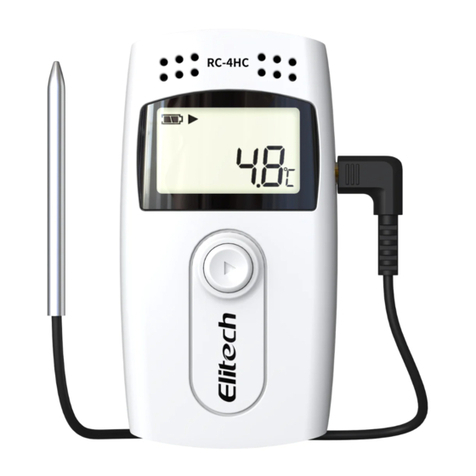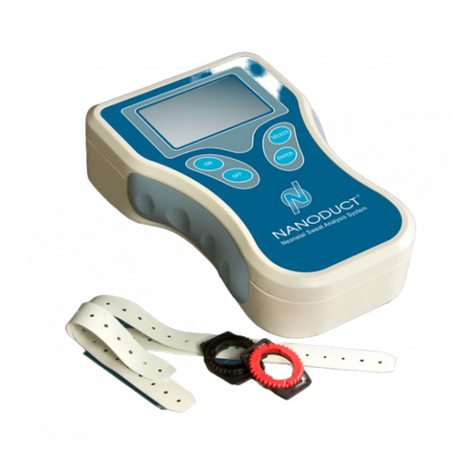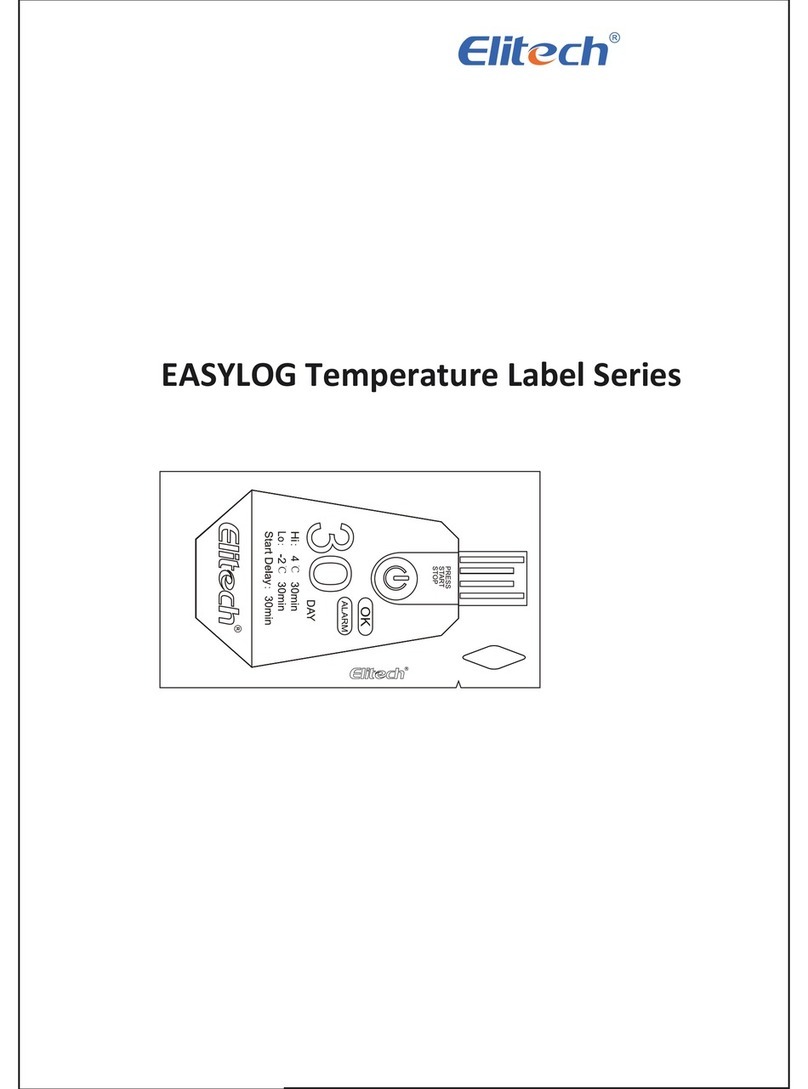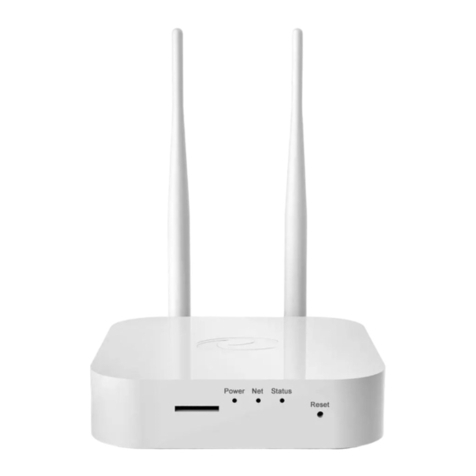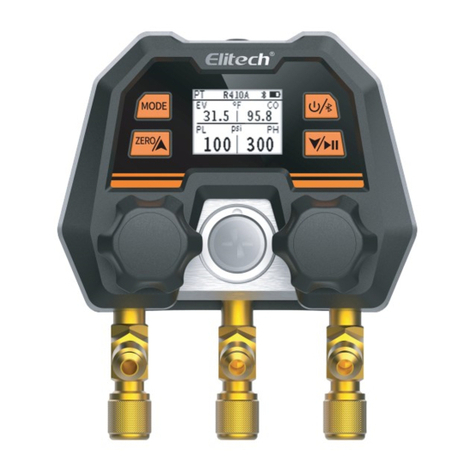
Buzzer: Red icon: disabled;Green icon: enabled.
Bluetooth connection indication.Green icon: enabled.
Automatic shutdown sign.Green icon: enabled.
Battery charging status.
Battery level: Green:Full battery;Yellow:Low battery;Red:Extreme-low battery.
Operation
Steps
Introduction to Quantitative Mode Operation
Detection value PPM display.
Detection curve display.
Peak value:Indicates the maximum detected leak.
Note:PEAK function must be ON.
Leak value: Indicates the current detected leak. Higher leak concentration,
higher the bars.
Sensitivity level: H:high sensitivity;M: medium sensitivity L:low sensitivity.
PEAK indication
Automatic shutdown time setting.
Time setting.
Language settings.
◆ Please ensure the system pressure is above 340Kpa (5Opsi) before detection as many
refrigerant leaks can't be detected at low pressure.
◆ Do not place the detector close to organic solvents, detergents or high voltage power
supplies. Please wipe up the detectors with a clean towel.
◆ Before starting, please conrm the battery is sucient for this detection (it usually
takes about 30 minutes for one detection).
◆ Locate places where refrigerant leaks are most likely to occur, such as:
Joints in refrigerant lines
Points that have changes in cross section
Points that have changes in vertical section
Visually trace the entire refrigerant system for all lines, hoses, ttings, couplings, service
valves, etc. and signs of lubricant leak, damage and corrosion as the likely leak points.
1. Press and hold ON/OFF to start the machine, and after preheating for about 60S, enter
the quantitative detection mode;
2. Move slowly in the suspicious area and observe the PPM reading; after nding the
suspected leakage area, keep the probe for a few seconds and wait for the PPM value to
stabilize, which is the leakage concentration in the current area;
8
9
10
11
12
13
14












